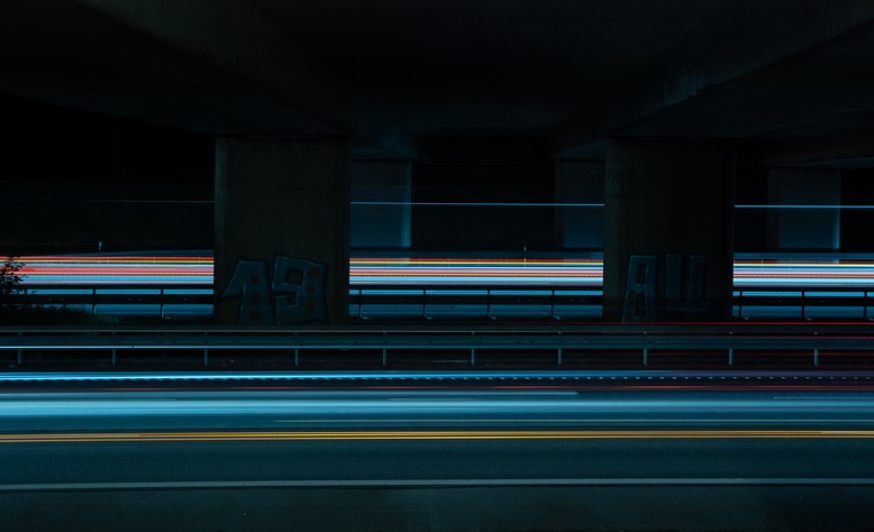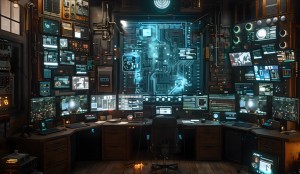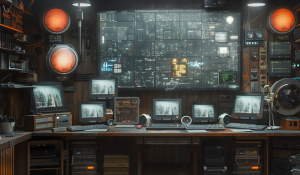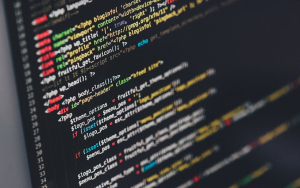
Unlocking Potential: How Government Projects are Shaping the Future of Interiors
The world of government jobs and interior design is often a surprising blend of practicality and artistry. While we might typically imagine government buildings as sterile, bureaucratic spaces, there’s a growing trend towards incorporating creative design solutions that enhance functionality while fostering a sense of community and purpose. What started as a way to improve efficiency has blossomed into a unique intersection where aesthetics meet practicality.
Government projects are often tasked with creating spaces that serve the public. Think libraries, schools, hospitals, courthouses, and more. These facilities need not just to be functional but also to feel inviting, comfortable, and even inspiring for those who utilize them. This is where interior design comes into play. It’s about using space thoughtfully, selecting materials wisely, and creating an atmosphere that reflects the values of the government itself.
One compelling aspect of government jobs in interior design lies in the focus on sustainable practices. We’re living in a time when environmental awareness is at an all-time high, and governments are increasingly adopting green building standards. Sustainable materials like recycled wood, bamboo, and reclaimed bricks not only reduce our carbon footprint but also contribute to a healthier, more aesthetically pleasing environment.
Beyond sustainability, government jobs in interior design strive for functionality and accessibility. Think of public spaces that must cater to diverse needs: people with disabilities, those with limited mobility, or even families with young children. The challenge is to create environments that are welcoming and accommodating to all. This requires thoughtful planning, adjustable furniture, accessible lighting, and clear pathways. These details might seem small, but they truly make a difference in the lives of individuals.
One of the most appealing aspects of government jobs in interior design is the opportunity for creative expression. While functionality is paramount, there’s always room for adding a touch of personality and artistic flair. Government buildings often serve as community hubs, and incorporating elements that reflect the local culture or history can create an environment that feels truly connected to its inhabitants.
Imagine a government building adorned with murals depicting local landmarks, a library stocked with books reflecting diverse cultures, or a courthouse featuring artwork by local artists. These seemingly mundane spaces become vibrant canvases for creativity, allowing them to act as more than just places of work but also gathering points for community interaction.
Take the example of a school building. Incorporating eco-friendly materials and incorporating natural light through large windows can dramatically enhance both the aesthetic appeal and the functionality of the space. The focus on design promotes student engagement and creates environments that foster a love for learning, while also encouraging a connection to the outdoors.
Government jobs in interior design also play a critical role in fostering community bonds. Public spaces designed with social interaction in mind can become hubs for local events and gatherings: think of a park with a playground, a community center with meeting rooms, or even a library hosting book clubs. These spaces provide opportunities for people from all walks of life to connect, share ideas, and build relationships.
As technology continues to evolve, government jobs in interior design have adapted to incorporate digital features. Consider smart lighting systems that adjust brightness based on natural light or interactive displays that promote learning and engagement. These examples showcase how the integration of technology with design not only enhances functionality but also elevates the user experience.
One particularly impactful area is healthcare facility design. This goes beyond simply creating sterile spaces for medical procedures. Government jobs in interior design can create environments that foster recovery, rehabilitation, and a sense of well-being. Imagine waiting rooms with comfortable seating, calming color schemes, and even soothing nature sounds, all contributing to a more peaceful and comforting experience.
Government jobs in interior design are not just about functionality; they’re about creating spaces that reflect the values and aspirations of society as a whole. These projects offer a unique opportunity to blend practicality with artistic expression, leading to environments that are both efficient and inspiring for their users. Government-driven projects have the power to shape how we live, work, learn, and connect.
As government jobs in interior design continue to evolve, the focus remains on creating spaces that are not only functional but also reflect a commitment to sustainability, inclusivity, and community engagement. Ultimately, these innovative designs have the potential to transform public spaces into vibrant hubs of activity, fostering connection and promoting a brighter future for all.


